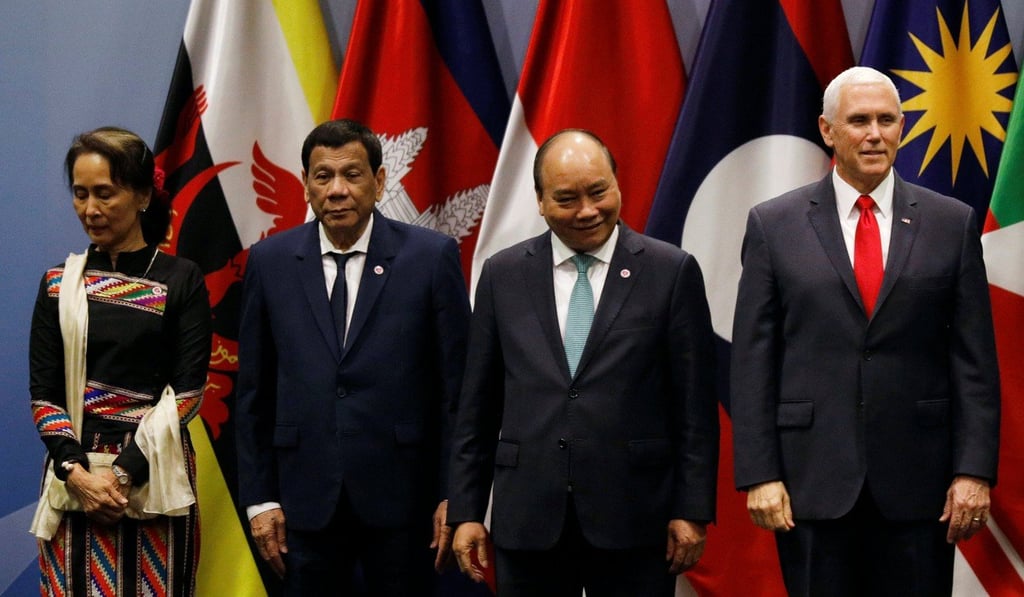Mike Pence to unveil rival to ‘dangerous’ Belt and Road Initiative at Apec summit
- The US vice-president is set to announce the clearest outline yet of Washington’s plans to counter Beijing’s trillion dollar Belt and Road Initiative

Briefing regional journalists midway through the vice-president’s weeklong Asia tour late on Wednesday, the senior administration official said the US plan would stand in contrast to the “dangerous debt diplomacy China has been engaging in in the region”.
Debt-trap allegations push China to tighten reins on foreign aid programme
Unveiled in 2013, China’s Belt and Road Initiative seeks to enhance infrastructure links between Asia’s biggest economy and the Eurasian land mass through new bridges, ports, railways and motorways largely financed and constructed by Chinese state-linked firms.
But Beijing has increasingly found itself vigorously having to deny accusations that it is using the scheme to saddle poor nations with unsustainable debt to create client states.
Some countries this year moved to cancel or amend contracts because the projects were found to be too expensive or unnecessary.
The US official said Pence’s speech in Port Moresby on Saturday will promote a “private-sector driven model” and outline how “US companies really provide jobs and come to the region and deliver prosperity to the region”.
